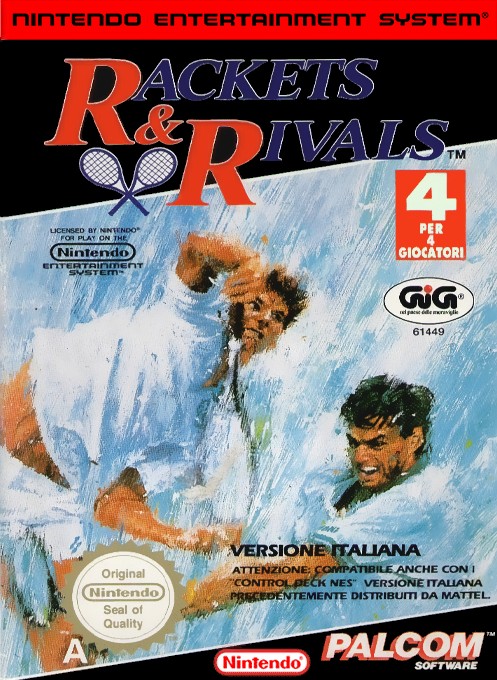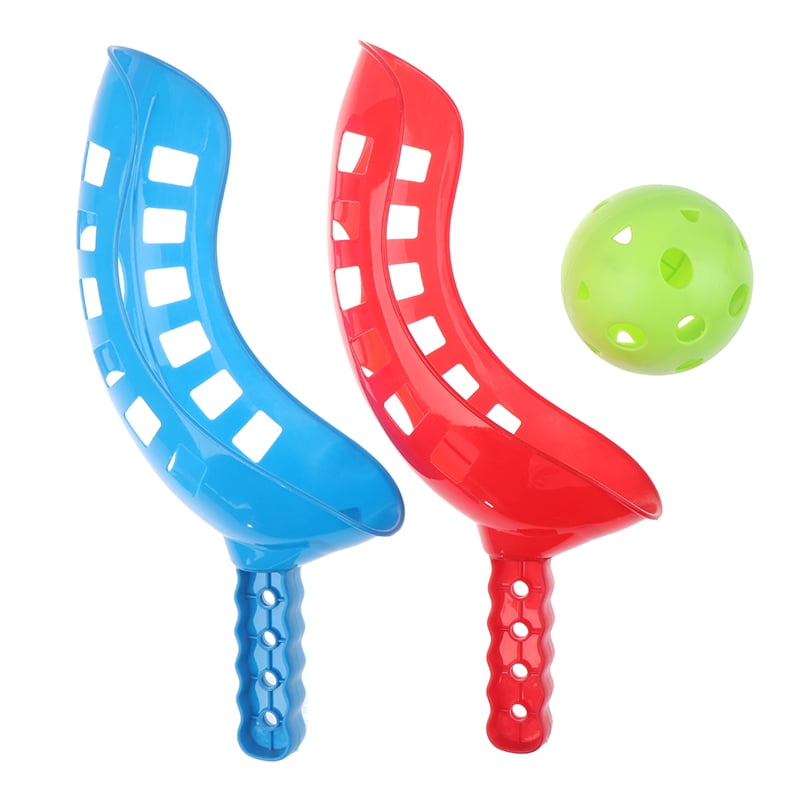

Not only did they redefine the scoring system, but they also gave the sport its name.

This was thanks to the efforts of the organizing body, the Swedish Racketlon Championship. In 1994, the sport was dubbed, the name, Racketlon and the rules and regulations surrounding it were standardized.

The process was lengthy, and players often went home without knowing who had won the tournament due to that. Players and officials grew frustrated by the complex calculations and conversion of points from individual sports. Some questions included whether tennis games should consist of six games and three sets? Or should it be less, given time constrictions? Given that the sport was a blend of pre-established sports with their own rules and regulations, the question that spurred the changes was whether to keep the individual sports’ rules or to modify them and integrate them differently in the new sport. In fact, the sport was undergoing numerous changes in the rules and evolving to create its own identity. Throughout this time, the sport had not been given its current name, yet. The surge of growth was momentous in turning the sport from a small-scale pass-time sport to a serious, organized racquet sport. Within two years of the first championship, the sport saw more than 200 players join in. His love for the game led him to establish the first competition in his home country. Spreads to SwedenĪs the sport grew in popularity and gained the backing of a winner of the Mailapelit Championships, the Swedish Peter Landberg. They called it racket games, “M ailapelit” in Finnish.Īfter successfully hosting the First Finnish Mailapelit Championships in 1986, neighboring countries grew curious and wanted to join in on the fun. Their idea was to put together a sport that will be the ultimate racquet sport. It was an idea conceived by four racquet sports fans, each who played a sport that is now included in Racketlon. Racketlon traces its origins to Finland in the mid-1980s. A Brief History of Racketlon 1980 -The Origins, Finland


 0 kommentar(er)
0 kommentar(er)
